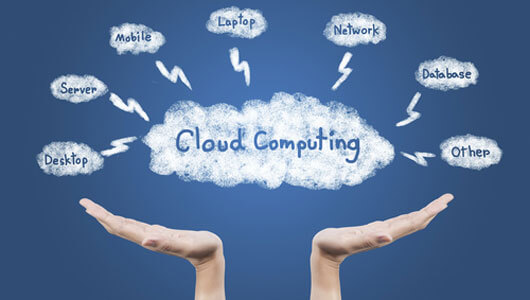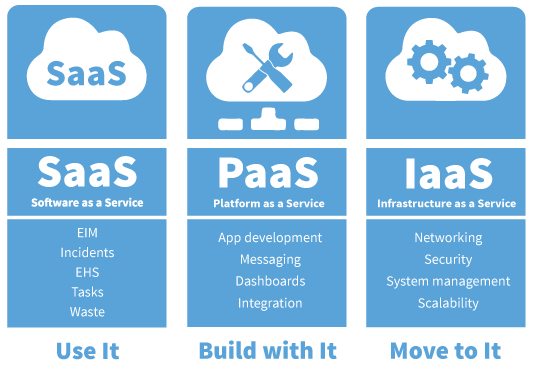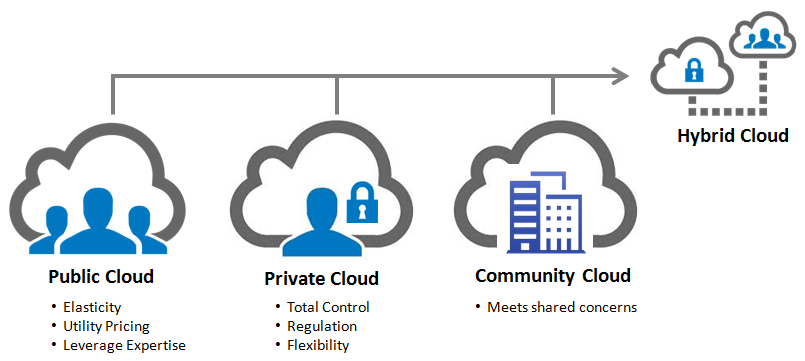The foundations of the idea of cloud computing were laid in the 1950s. One of the internet giants, Amazon played a key role in the development of cloud computing by modernizing its data centers, enabling the first true cloud computing service, Amazon S3, to be launched in 2006. By mid-2008, Gartner (Consulting and Research Company) pointed to the potential to change the relationship between both users and suppliers in the cloud computing information technology services industry. It has been widely used in the world since 2008. This technology, which has become widespread in our country in the last few years, continues to grow very rapidly.

Hosting capacity causes big problems as users want to store more and more personal data and data on existing devices in today’s technology. However, the features and capacities of the devices are increasing day by day. With the increase in technology and capacity of computers, notebooks, netbooks, and portable smart devices, prices are also increasing. Cloud Technology, which emerged as a solution to all these problems, is defined as software applications, data storage service and processing capacity that are accessed over the internet. It provides access to all kinds of information and personal data from anywhere, even with the lowest capacity device. For all these processes, it performs a multi-server connection via a digital network. The three building blocks of cloud technology are SaaS (Software as a Service); providing software as a service, PaaS (Platform as a Service); platform service and IaaS (Infrastructure as a Service); server infrastructure service.

Cloud technology is used by companies, universities, etc. It is established and shared by large organizations. Using this technology reduces the load of personal computers and a variety of applications are provided by the cloud server. Usually, users do not want to download and install applications on their computer. All processing and storage is provided by the cloud system. All of our applications, programs and data that we host on the Internet are stored on a virtual machine, that is, in the cloud, with the most commonly used name, and this information, programs and data can be easily accessed at any location with the device connected to the Internet.
Development Models of Cloud Computing
This technology, which comes in 4 different types, allows it to be used in different fields and in different ways.
Public Cloud: A cloud technology established with servers on the Internet. For small and medium-sized companies, e-mails can be shown as an example of this model, which is paid as you use and pay as you go.
Private Cloud: It is a cloud technology preferred by large companies whose information is important. All information is in the hands of the founder and access security and confidentiality is high. Microsoft provides this to you with the help of Hyper-V and the System Center Product Family.
Hybrid Cloud: It is the cloud technology that emerges from the combination of Public and Private Cloud. There may be differences in the combination rates according to the volume of the companies.
Community Cloud: A cloud technology that hosts services shared with several companies. Community members have access to applications and data.

Advantages of Cloud Technology
►Cloud information systems provide fast ease of use with APIs.
►It provides a number of possibilities such as more storage space, fast data transfer and cost savings on this backup.
►Infrastructure confusion caused by issues such as archiving the ever-increasing data, authorization and follow-up of users is eliminated.
►Since cloud technology software runs through web browsers, computers, tablets, smartphones and Smart TVs are also used to protect them from platform dependency.
►The servers of the companies that provide cloud software services, where the data are kept, are more secure than the main computer because they take security measures 24/7 in terms of software and hardware.
Briefly; cloud computing is a service that supports working from anywhere at a much cheaper cost, without the need for installation.
Disadvantages of Cloud Technology
►Data storage using cloud technology service, risking the user’s data cannot provide information security and user privacy. Security vulnerabilities abound.
►Due to the economic situation of the countries, it will increase the digital divide, which will cause international, political and economic problems.
►The most important problem is that an internet connection is required to access the stored data. In other words, it is not possible to access our information in cases where there is no internet. If you have a low speed internet connected to the internet, your data exchange speed will be slower as well.
►One of the last disadvantages is that hardware and software maintenance and repair costs will decrease with the development of their services, and accordingly, the narrowing of the job fields of Information Technology (IT) specialists who do this job.
Big Data and Cloud Relationship
Big Data (big data) ; It is the data obtained over time, structured or unstructured, that is, not yet made available by processing with traditional methods or tools. In short, we can say that it means data that is too large for the computer to process.
In the last few years, 90% of the data has been generated. Data is stored on our mobile devices, software recordings, cameras, microphones, social media, all our actions on the internet are currently being processed in the information flow. It is thought that almost all movements will be directed to the servers as an information flow in a short time. The fact that cloud computing opportunities eliminate the limits of storage and computing power has helped pave the way for big data. In recent years, the continuous growth of data in terms of size, diversity and complexity, and the fact that it will continue to grow, has made it possible to take big data from being a problem and become a solution focus with cloud computing.
It looks like it will offer unmissable opportunities to users on this path that technology has started with the internet of things, big data and cloud computing.


Leave A Comment